Html Tutorial
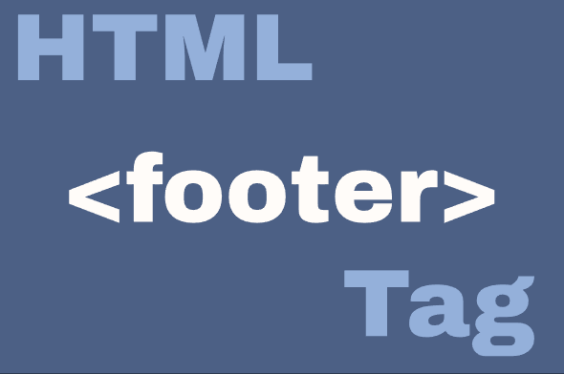
HTML <footer> Element
The <footer> element represents a footer for its nearest sectioning content or root element. Typically containing ...
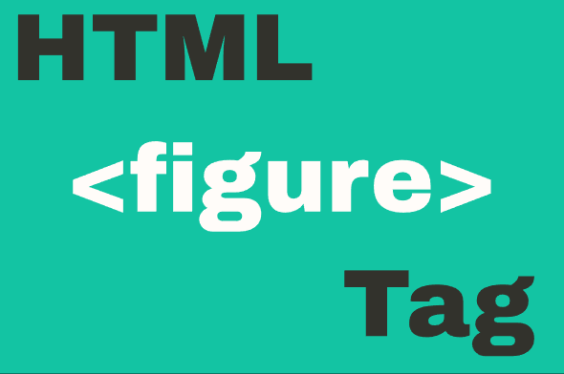
HTML <figure> Element
The <figure> element represents self-contained content, often with a caption (<figcaption>), and is typicall...
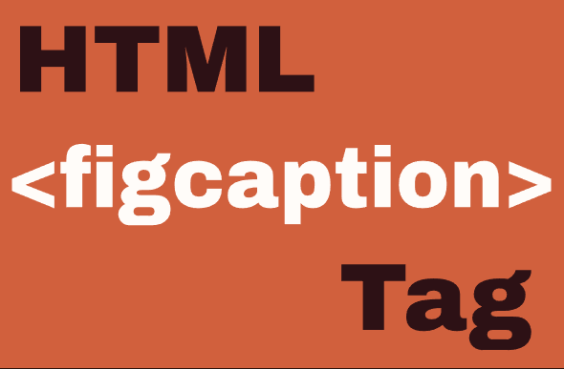
HTML <figcaption> Element
The <figcaption> HTML element represents a caption or legend describing the rest of the contents of its parent <...

HTML <fieldset> Element
The <fieldset> element is used to group related form controls together, creating a visual and semantic connection ...
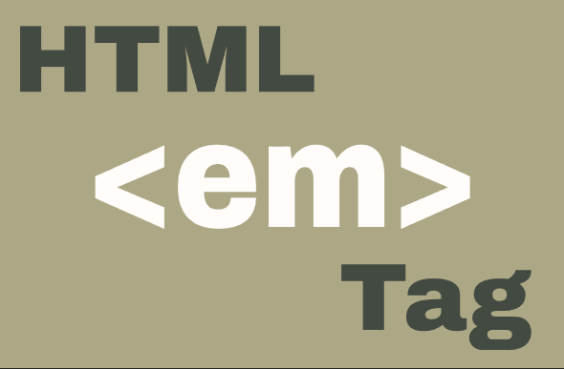
HTML <em> Element
The <em> Element: Emphasizing Text in HTML The <em> element is used to define emphasized text in HTML. By d...
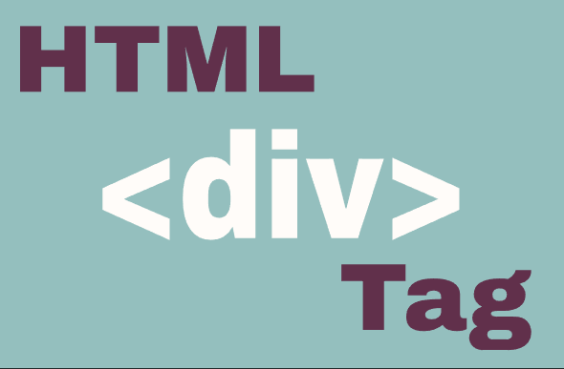
HTML <div> Element
The <div> Element: The Web's Building Block The <div> element is the most fundamental container in HTML. Sho...
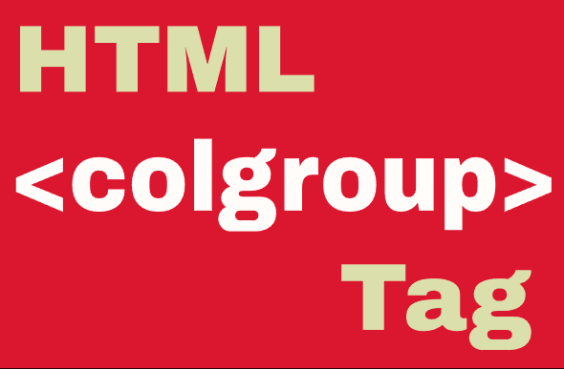
HTML <colgroup> Element
The <colgroup> element in HTML is used to group columns within a table for styling or formatting purposes. It serv...
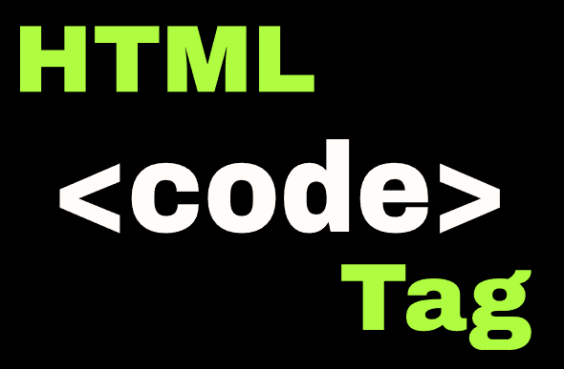
HTML <code> Element
The <code> element is used to define a fragment of computer code in your HTML document. It renders the enclosed te...
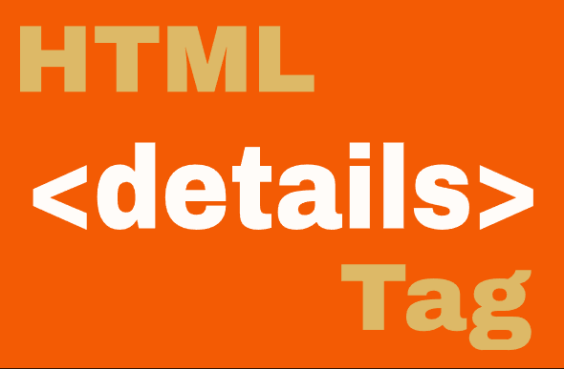
HTML <details> Element
The <details> element creates a disclosure widget that contains information that is initially hidden but can be re...
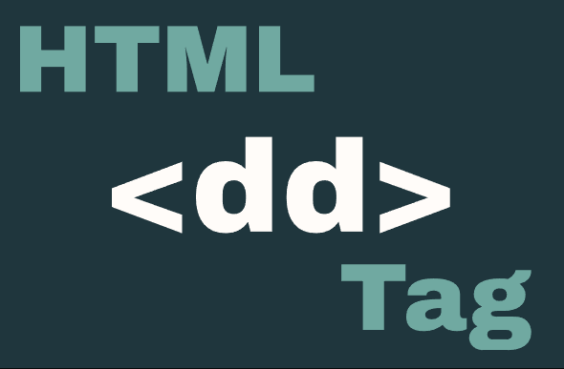
HTML <dd> Element
The <dd> element stands for "Description Details" and is used to provide the description, definition, or value in ...

HTML <dt> Element
The <dt> (Description Term) element is used to specify a term in a description list (<dl>). It's typically p...
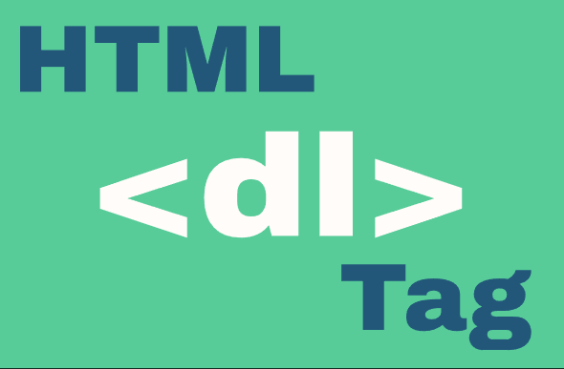
HTML <dl> Element
The <dl> Element: Definition Lists in HTML The <dl> element represents a description list in HTML. It's use...